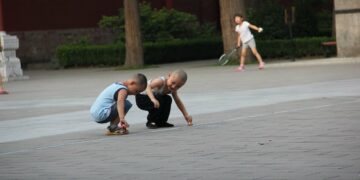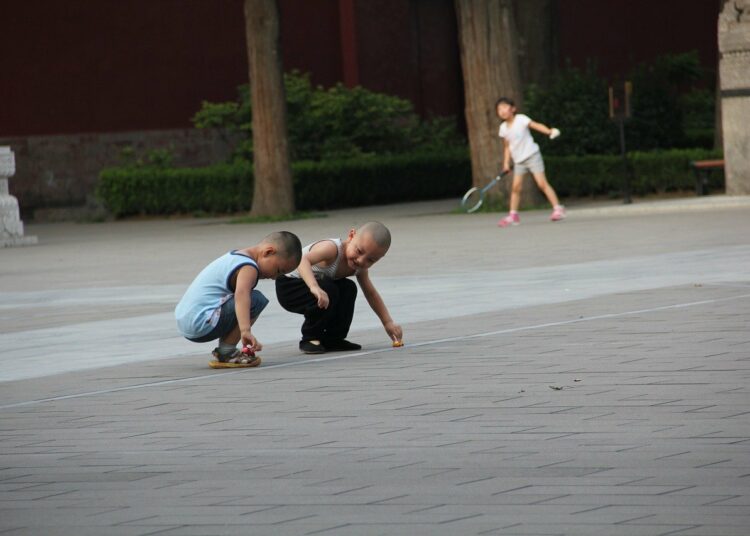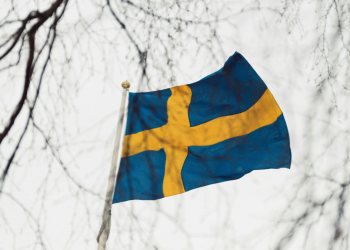From 1958 to 1962, Chinese Chairman and Communist revolutionary Mao Zedong imposed upon his country the “Great Leap Forward”. It was a government program aimed at forcibly transforming a country based on an agricultural economy and a rural society into a great industrialized economic power. It proved to be a huge failure and caused a devastating famine, resulting in a death toll due to starvation that reached the millions.
The “Cultural Revolution”, imposed by the man who called himself “the great helmsman”, killed millions more in the decade from 1966 to 1976; the year of his death.
Others may attribute this devastatingly criminal population policy to one instituted by Deng Xiaoping–Mao’s successor– in 1979.
iFamNews has dealt with China’s demographic winter on numerous occasions; providing statistics, reasons, and tracing its history.
There was an initial phase in which “for decades it suited the CCP to slaughter Chinese children still in their mothers’ wombs, and for this reason it imposed the ‘one-child’ policy that from 1979 to 2015 imagined to repair the economic woes produced by the lucid Maoist ideocratic madness, causing a massacre and preventing the birth of millions and millions of citizens.”
Subsequently “[…] the CCP found it convenient to have a few more citizens, and so in 2015 it allowed families not one but two children, consigning thirds, fourths and so on to the same fate.”
It was seemingly still not enough for Chinese nationals, and in May 2021 they were open to a “[…] third child, while we wondered what happened to the fourth, fifth, and so on.”
Finally, in September, “[…] China’s neo-post-national-communist regime launched a package of measures aimed at improving ‘women’s reproductive health’, including a drastic reduction in abortions for ‘non-medical purposes'”.
However, the state’s belated attempts to stem the haemorrhaging of the population caused by the demographic crisis have not helped and, as reported by The Guardian in 2021, “[…] China’s population growth rate has fallen to its lowest level in six decades, barely exceeding deaths in 2021.” In fact, the article continues, “[…] 10.62 million babies were born in 2021, a rate of 7.52 per thousand people, [come] said […] the National Bureau of Statistics. During the same period, there were 10.14 million deaths, a mortality rate of 7.18 per thousand, producing a population growth rate of just 0.34 per thousand inhabitants.”
The growth rate is the lowest since 1960, while the population is aging at a whirlwind pace, with the percentage of people over 60 in China rising in just one year from 18.7% in 2020 to 18.9% at the end of 2021. The birth rate is at its lowest since 1949.
In addition to implementing the “three-child policy”–once again inserting itself into the choices that should instead be private to its own citizens–Beijing is also attempting to stem the disaster, at least the economic disaster, through policies more favorable to childcare access and raising the retirement age.
But it seems too late. If the ongoing pandemic and the ensuing economic and social crisis play an important role in this devastating demographic crisis, however, one cannot ignore one last aspect that concerns large modern cities and their upper class (or would-be upper class): mentalities have changed. Just as in the West, now that it has been established, as Deng Xiaoping stated, that “to get rich is glorious,” the generation that today should be concerned about the future generation is instead occupied with something else entirely.
This is how the Chinese red dragon no longer bears children.




















Discussion about this post